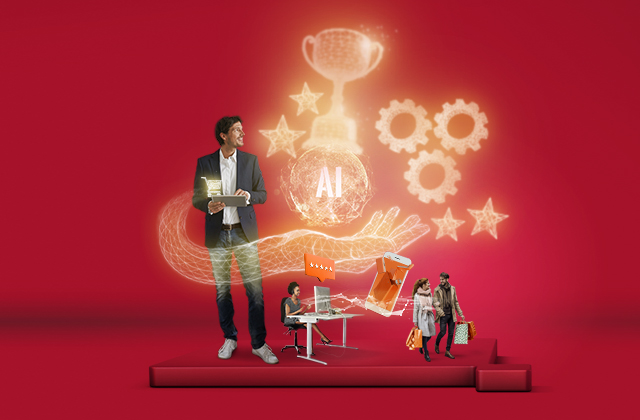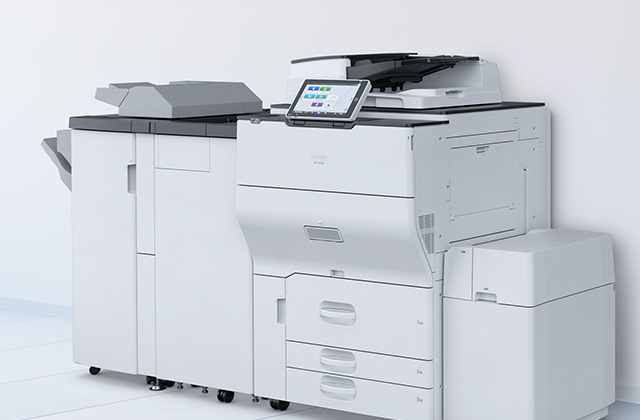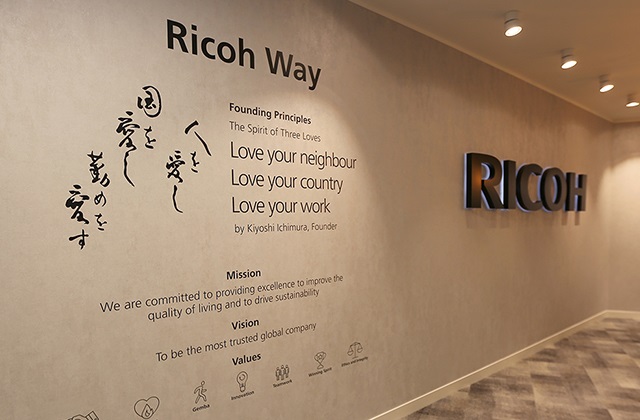Report
The evolution of Robotic Process Automation (RPA).
Are you approaching process automation the right way?
Robotic Process Automation (RPA) is now considered a key element within broader digital transformations. Yet, most organisations have not linked or scaled up their RPAs to unleash the full potential of automation. In this ebook, you will learn:
- How RPA can improve the operational efficiency and performance of your company's critical processes
- The evolution, trends and potential future business impact for the utilisation of RPA
- The secrets of a successful RPA deployment

DOWNLOAD THE REPORT
Fill out the form below to receive your copy of the report. Fields with asterisk (*) are mandatory.
Work better, faster and deliver more
Discover our Process Automation Solutions
Learn how automation can help move your business towards increased accuracy, faster approvals, informed decision-making, and better response times – no matter where your people work.















